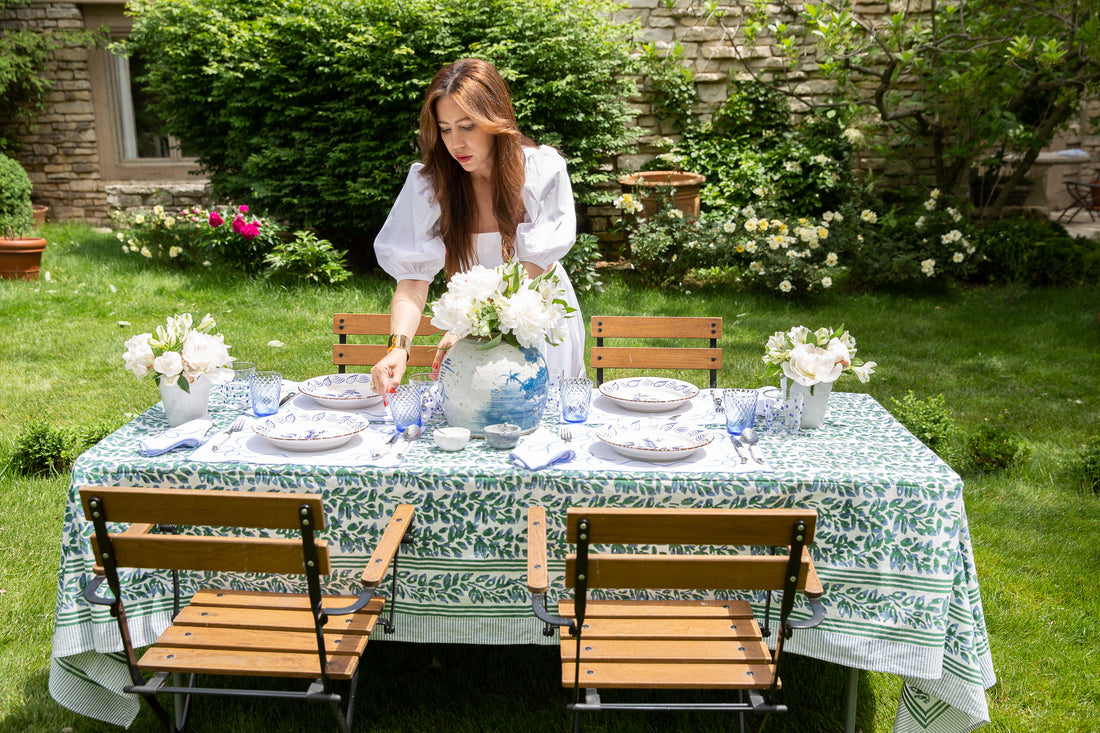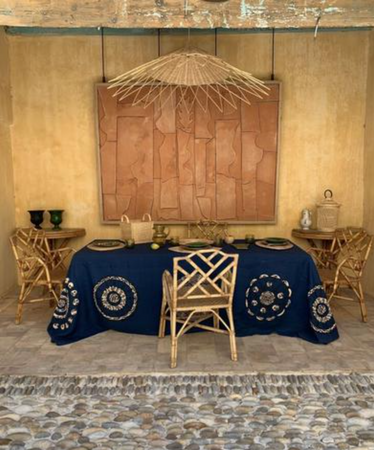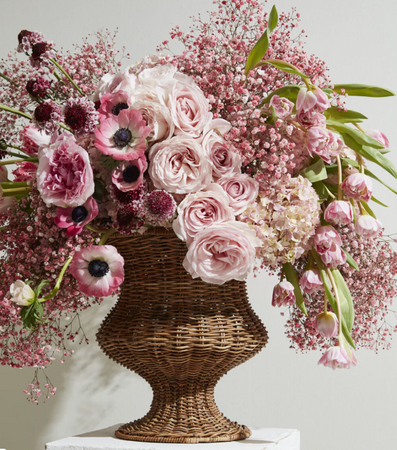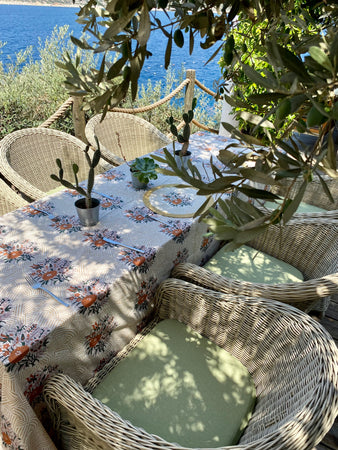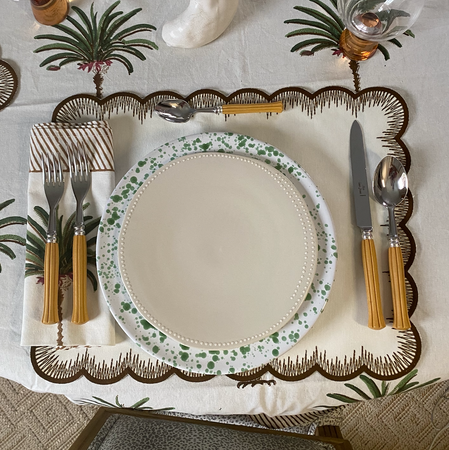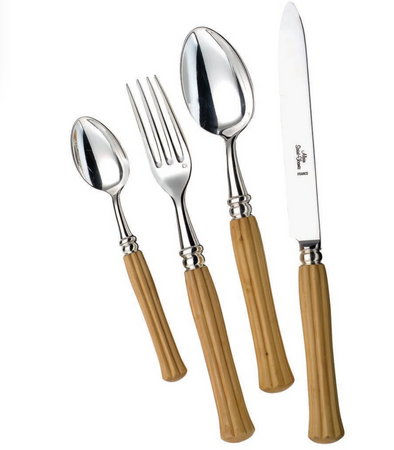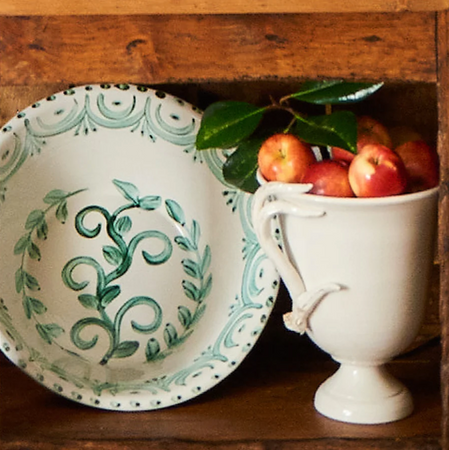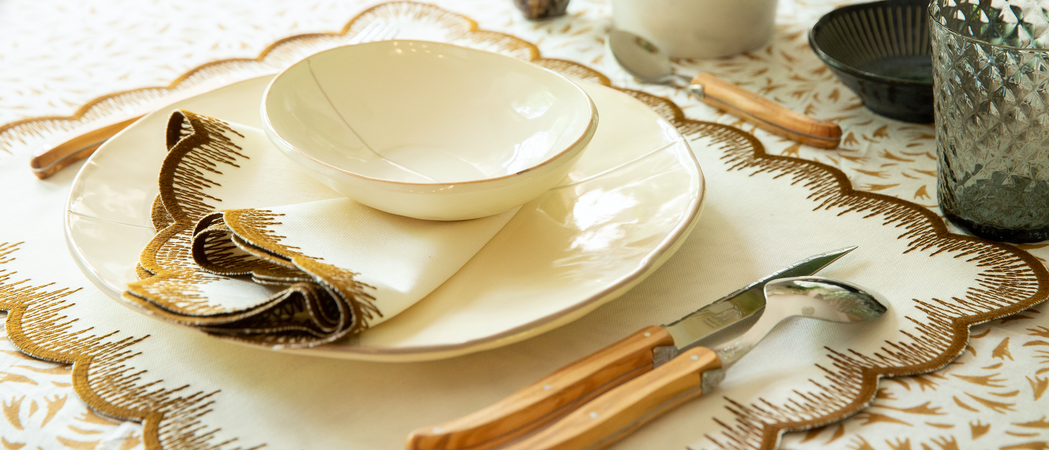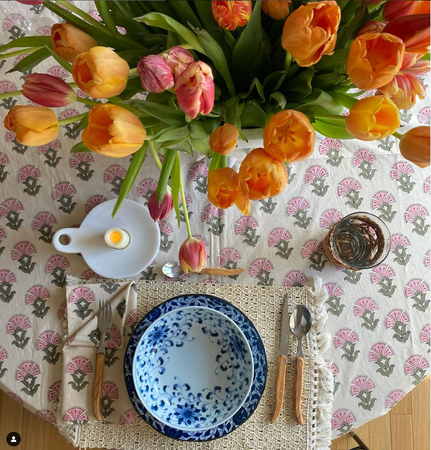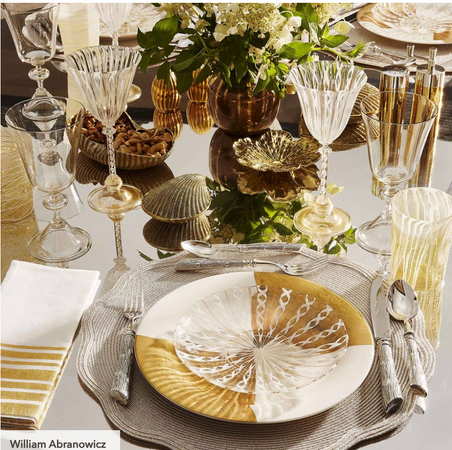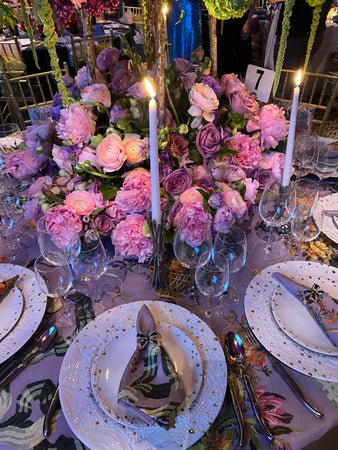Proper Dining Etiquette for Adults

There is a certain standard of refinement we grow into during adulthood. Ideally, we learn it early. But sometimes we learn it along the way upon attending several social gatherings. Etiquette can distinguish men from gentlemen and girls from ladies. It exhibits poise and grace. But underneath, it carries a level of confidence and modesty in a person no matter how accomplished they are. The manner in which one carries themselves at the dining table is a good indication of someone’s overall refinement. It’s also about being considerate and respectful to everyone in the room.
No one wants to be caught knowingly or unknowingly in embarrassing situations. Nor does anyone want to draw negative attention to themselves. Therefore, we put together this cheat sheet on some basic proper dining etiquette practices you can use as a guest at formal dinners.
Preparation Before the Event
Before we touch on basic table manners, it is important to plan ahead of time. Depending on the kind of formal dinners you are going to, there are a few points to consider.
The invite
A few days or weeks before most formal events, the host may send out an invitation that’s RSVP. R.S.V.P. (réspondez, s'il vous plaît) is a French expression which translates to “please reply”. Typically, you will have to reply as soon as possible. Responding a couple of days before or at short notice is impolite. The host has to take into consideration the number of guests attending and ensure that preparation is appropriate for the event. But before you respond, do read through the invitation carefully for useful information. Most RSVP invites will indicate the date, time, venue, dresscode, and number of guests included in the invite. There may also be a P.S. part which is important information as any. When you respond, do it in the manner you received the invitation or how convenient it would be for the host to receive it. Nowadays, a call and text message can suffice. Just ensure the host acknowledges your response.
Plus One
Expect to see the number of guests allotted included in the invitation. Check if you can bring a plus one. If there isn’t one, or no number is indicated, it usually means you should go alone. Bringing an extra guest that is not accounted for is inappropriate.
The Gift
Regardless of how fancy the dinner party is, it is always customary to bring a gift for the celebrant and/or the host. If it is just the host you have to think about, some common gift ideas to bring are wine, food or flowers. But also be a little creative keeping in mind what is appropriate and what the host would appreciate. Remember to give the gift discreetly and say a little message to the host about it. A kind gesture will always leave a good impression as a guest.
Table Manners Basics

Wait to be seated
Now on to the list of proper dining etiquette at the table. When it is time to be called to the dinner table, don’t rush to your seat. Walk with the host or in a queue and stand by your seat but don’t take a seat just yet. Always wait for the host to signal you to have a seat. Then take your seat quietly. Sit up straight and comfortably. Avoid slouching, crossing your arms or resting your elbows at the table.
Cell Phone etiquette
Before you sit at the table, put away your cell phone properly and away from sight. Keep it in your pocket or bag. If you are hesitant in switching it off, put it in silent mode and ensure that it doesn’t become a distraction at the table. Constantly checking on your phone is a sign of bad manners. You are at the table to socialize. Learn how to be entertaining and engaging in conversations.
Place Setting
Looking at the glassware and place setting in front of you can feel overwhelming. There are certain rules about what and when to use certain table wear. But we will touch on basic table manners in handling your tableware. No matter how elaborate the host’s table setting skills are, keep in mind the most basic place setting; a plate, a fork, a spoon and a knife.
When the courses start arriving, place the table linen on your lap. When eating, a general rule of thumb is to always work your way from the outside in. When it comes to drinks, you’ll typically find 2 kinds of glasses above the plate setting. One is a water glass that should be filled and the other, a wine glass which is empty to begin with.
If you notice a knife placed on top of a small plate, that would be for your bread and butter. If you are met with two forks and two knives opposite of your plate, keep in mind the same rule of thumb of outside in. The outer fork and knife would be the ones you start with because they are for the appetizer or starter course. After each course, follow the 4 or 5 o’clock rule. This means placing your knife and fork together at a 4 or 5 o’clock angle which signals that you are done. Placing it otherwise will indicate you are not yet done. But never put your utensils back on the table cloth.
Now it is time for the food to arrive. If it isn’t plated, expect that each dish would be passed around from left to right. Never reach your arm over anyone or touch them and always use the serving utensil to take a serving of the dish onto your plate. Start with a small portion and consider that there is enough to go around. Once everyone has plated their food, wait for the host to take the lead. That is as soon as he or she holds her fork and knife. It is considered rude to dig in when others aren’t ready.
There is even a general rule for salt and pepper. First, always taste your food before deciding to sprinkle a little S&P. When being asked or asking for either, always pass the salt and pepper together.
Once everyone has started eating, so does the conversation. If you are asked a question while eating, always finish chewing before you answer. But it is polite not to ask questions while they are chewing to avoid awkward situations.
When it comes to drinking, wait for the host to serve the wine or raise a toast. You should hold stemmed glasses by the stem and have a sip right after the toast. It is okay to refuse more wine or alcohol politely. The host doesn’t have to dictate how much alcohol you should consume.
These are our top tips for basic table manners. On your upcoming formal dinners, keep these in mind and you’ll breeze through the event leaving a good impression with the host and other guests.
20 Mar, 2022 ·

